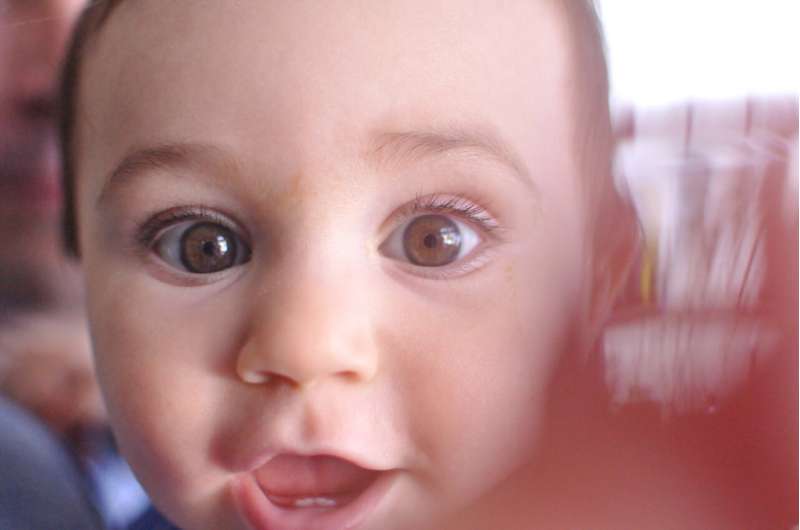
By linking human population studies with experiments in cell and animal models, researchers have provided evidence that complex mixtures of endocrine-disrupting chemicals impact children’s brain development and language acquisition. With their novel approach, the scientists show that up to 54% of pregnant women were exposed to experimentally defined levels of concern. While current risk assessment tackles chemicals one at a time, these findings show the need to take mixtures into account for future risk assessment approaches.
There is increasing evidence that environmental chemicals to which we are continuously exposed can have endocrine disrupting properties and can thus be dangerous to human and animal health and development. Every year sees the release of a huge number of new compounds as part of the market authorization and production processes of a vast range of goods, chiefly but not only plastic derivatives, that enter the human body from several sources, including water, food and air.
While exposure levels for individual chemicals are often below existing limit values, exposure to the same chemicals in complex mixtures can still impact human health. Yet all existing risk assessments, and thus established limit values, are based on chemicals being examined one at a time. There was thus a strong need to test whether an alternative strategy would be possible, in which the actual mixtures measured in real life exposures could be tested as such in both the epidemiological and experimental setting. The EU-funded EDC-MixRisk project set out to tackle this unmet need.
“The uniqueness of this comprehensive project is that we have linked population data with experimental studies, and then used this information to develop new methods for risk assessment of chemical mixtures,” says Carl-Gustaf Bornehag, professor at Karlstad University, Project Manager of the SELMA study and responsible for the epidemiological part of EDC-MixRisk.
The study was conducted in three steps:
“It is striking that the findings in the experimental systems well reflected what we found in the epidemiological part, and that the effects could be demonstrated at normal exposure levels for humans,” says Joëlle Rüegg, professor of environmental toxicology at Uppsala University and vice coordinator of EDC-MixRisk.
“Human brain organoids (advanced in vitro cultures that reproduce salient aspects of human brain development) afforded, for the first time, the opportunity to directly probe the molecular effects of this mixture on human brain tissue at stages matching those measured during pregnancy. Alongside other experimental systems and computational methods, we found that the mixture disrupts the regulation of genes linked to autism (one of whose hallmarks is language impairment), hinders the differentiation of neurons and alters thyroid hormone function in neural tissue,” says Giuseppe Testa, principal investigator of the EDC-MixRisk responsible for the human experimental modeling.
“One of the key hormonal pathways affected was thyroid hormone. Optimal levels of maternal thyroid hormone are needed in early pregnancy for brain growth and development, so it’s not surprising that there is an association with language delay as a function of prenatal exposure,” says Barbara Demeneix, professor of physiology and endocrinology at the Natural History Museum in Paris.
Source: Read Full Article
